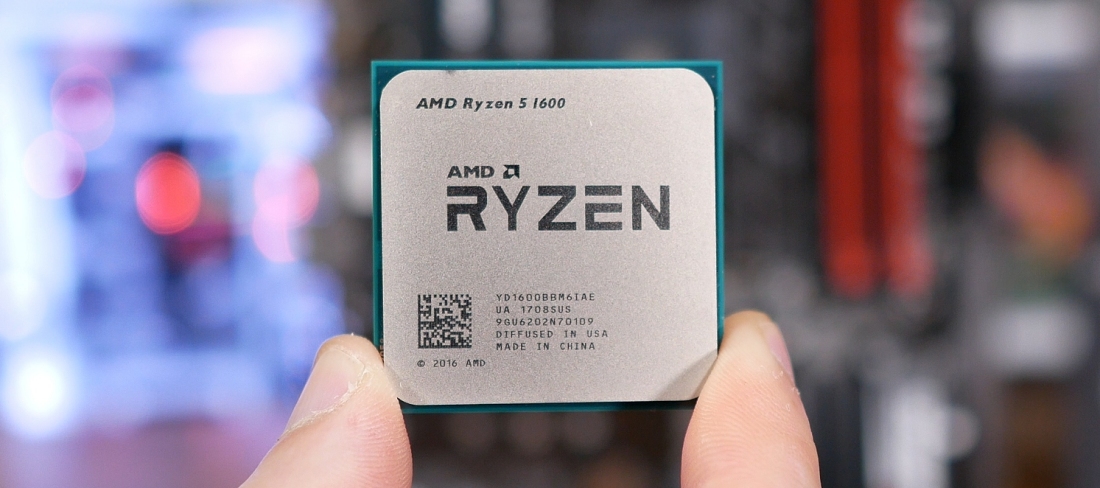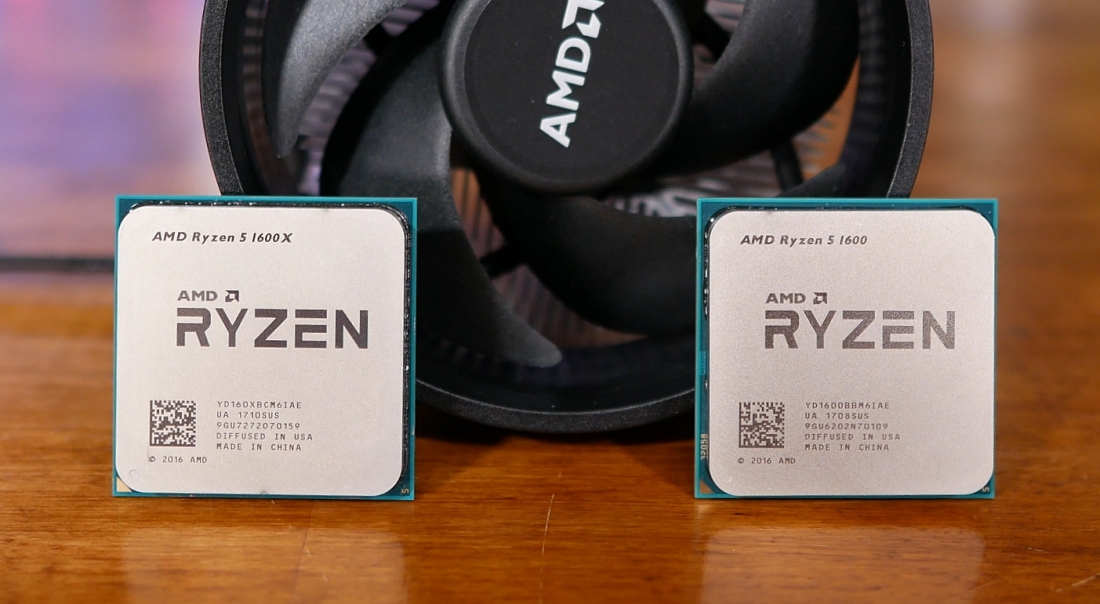【Watch Kill Bill: Vol. 1 Online】
The Watch Kill Bill: Vol. 1 Onlineanswer to that question may seem obvious to many of you, not least because our Ryzen 5 review said the non-X model looked like a better value. However, we didn't actually have a plain 1600 on-hand at the time, we just assumed based on what we saw with the Ryzen 7 chips that the 1600 would overclock as well, or at least nearly as well as the 1600X.
Although there isn't likely to be a dramatic performance difference between the two chips, the $220 1600 comes bundled with the 95-watt 'Wraith Spire' cooler, while the $250 1600X doesn't come with a cooler at all. If you add the cost of a basic heatsink to the 1600X, the non-X version is around 20% cheaper, yet it shouldn't be more than 10% slower out of the box.

The 'X-rated' 1600X also features "XFR" or Extended Frequency Range, which is basically a beefier version of Turbo that lets the CPU overclock itself a little harder when attributes such as power, current and thermals are within acceptable ranges. XFR is enabled by default on 'X' model Ryzen CPUs, though it's disabled when manually overclocking.
The 1600X has a base clock speed of 3.6GHz, a boost clock of 4.0 GHz and a maximum XFR boost speed of 4.1GHz. However those figures are a little misleading.
For example, boost frequencies will only allow the 1600X to hit 4 - 4.1GHz for single-threaded workloads, whereas the CPU won't actually boost higher than 3.7GHz on multi-threaded workloads, or a mere 3% increase over the base clock.
The 1600 on the other hand operates at a base clock frequency of just 3.2GHz and is advertised to boost as high as 3.6GHz, though again that boost frequency will only be achieved when taxing a single core. However, despite advertising a boost speed of 3.6GHz, stressing a single core in most cases also sees the 1600 exhibit XFR-like gains, allowing it to reach 3.7GHz. Interestingly, it seems like all Ryzen CPUs feature XFR.

The 1600's maximum multi-thread frequency is 3.4GHz, which suggests that for heavy workloads it will only be clocked 8% lower than the 1600X. Of course, these figures will be different if you manually overclock, which is certainly worth considering given that Ryzen CPUs are unlocked and the 1600 can be pushed quite hard with the Wraith Spire box cooler.
We can already say that if you don't plan to overclock, the 1600X is the faster CPU while the 1600 is the better value as it can't be more than 10% slower and yet it's at least 20% less expensive thanks to the included box cooler and lower MSRP.
However, we aren't sure if that story remains true when overclocking, especially if the 1600X offers more headroom. Rumor is, the X-models are capable of greater frequencies and we've seen some evidence of this with the 1700X and 1700, though for the most part the margins were thin.
The 1600X chip we have on-hand for testing had no trouble hitting 4.1GHz at just 1.38 volts and it was even possible to benchmark the system at 4.2GHz after increasing the voltage to 1.5, but AMD recommends a maximum of 1.45 volts for sustained use.
Set at the same 1.38 volts, the 1600 reached 4GHz – not bad – and increasing the voltage a fraction more to 1.4 allowed us to achieve a stable overclock of 4050MHz, only 50MHz shy of what the 1600X managed.

Of course, this could have very easily been around the other way. I just happened to receive a good 1600X. I've seen plenty of reviewers and now users limited to 4GHz with the 1600X, so as always with overclocking, your mileage will vary (4GHz does seem nearly guaranteed, though).
For single-threaded workloads, the manual overclock won't actually be any faster than the stock 4.1GHz XFR performance, but multi-threaded performance should be up to 11% faster for the 1600X and 21% faster for the 1600.
Before moving on, we should note that this isn't an in-depth Ryzen 5 1600 review – in fact, it's not really a review at all. That will come later along with coverage of the quad-core 1400 model.
Instead, we thought it would be interesting to take a detailed look at the performance differences between AMD's six-core Ryzen 5 processors, assuming you're lucky enough to be in the market for a new CPU priced between $200 and $250.
Test System Specs
Search
Categories
Latest Posts
5 Ways to Access a Locked Windows Account
2025-06-26 06:35Ron Howard is a solid choice for Han Solo director. Here's why.
2025-06-26 05:49How to get a job at: Getty Images
2025-06-26 05:43Best iPad deal: Save $132 on Apple iPad (10th Gen)
2025-06-26 05:23Popular Posts
Inside the Murky Process of Getting Games on Steam
2025-06-26 06:40Sick of censoring content, China bans livestreaming altogether
2025-06-26 05:28Is the Stark reunion finally upon us in Game of Thrones Season 7?
2025-06-26 04:45Gods of War
2025-06-26 04:21Featured Posts
Time to Unite
2025-06-26 06:13Cartoon Network's 'OK K.O.!' is a unique TV/video game collaboration
2025-06-26 05:55Cartoon Network's 'OK K.O.!' is a unique TV/video game collaboration
2025-06-26 05:54#BizChats: Overcoming the work
2025-06-26 05:07The best day to book your flight, according to Google
2025-06-26 04:12Popular Articles
Today's Hurdle hints and answers for May 12, 2025
2025-06-26 06:38Knuckles, Valve's innovative new VR controller, solves a big problem
2025-06-26 04:51Newsletter
Subscribe to our newsletter for the latest updates.
Comments (2518)
Belief Information Network
Watch how an old Venus spacecraft tumbled before crashing to Earth
2025-06-26 06:45Life Information Network
'Jurassic World' has a dumb new title and a really familiar tagline
2025-06-26 06:13Belief Information Network
Music composer Google Doodle lets you create digital tunes and art
2025-06-26 05:59Exploration Information Network
'Echo Arena' is the first VR game that made me forget I was real
2025-06-26 05:36Art Information Network
The best day to book your flight, according to Google
2025-06-26 04:25